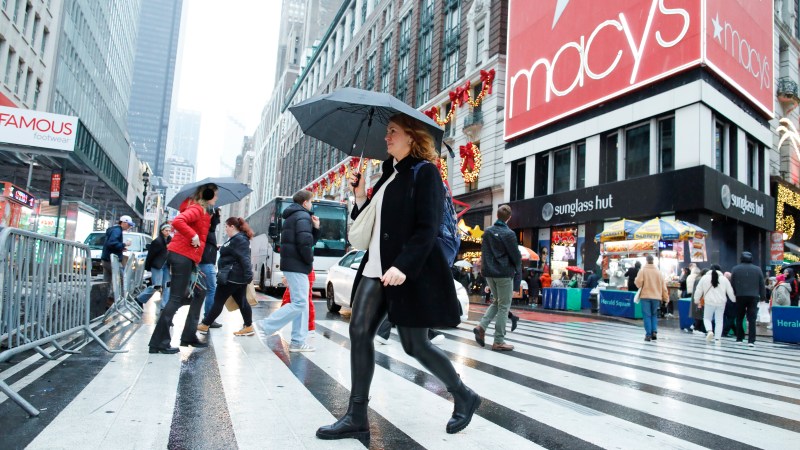Rising inflation won’t stop interest rate cuts but will hit the poor
Focusing on the headline inflation figure could lead some to conclude that interest rates will not fall further this year.
Consumer price index inflation rose for the first time this year, to 2.2 per cent in July from 2 per cent, back above the Bank of England’s target.
However, looking more closely at the Office for National Statistics’ publication reveals more positive news.
Services inflation has been top of mind for the Bank of England’s rate setters over the past year. It is probably the best indicator we have to gauge the intensity of inflation that is driven almost entirely by UK-specific factors.
For the past few months, services price growth has exceeded the Bank of England’s forecasts substantially.
July finally brought relief. The rate fell sharply to 5.2 per cent from 5.7 per cent. However, some analysts cautioned that the decline was engineered by one-off factors, like an easing in hotel prices, which were possibly pumped up by Taylor Swift’s Eras tour and, according to Rob Wood of Pantheon Macroeconomics, the American singer Pink’s concert at the Principality Stadium in Wales in June.
Nonetheless markets received the decline warmly. Interest rates are expected to fall twice more this year, each time by quarter-point increments, after the Bank of England lowered them on August 1 to 5 per cent from 5.25 per cent.
So with inflation settling down and borrowing costs easing, is the cost of living crisis finally over? For some, yes; for others, less so.
Inflation raced to a four-decade high of 11.1 per cent in October 2022, driven by soaring food and energy prices, hitting the poorest the hardest as they spend a larger chunk of their income on basic necessities.
According to economic theory, consumers can contain the level of inflation they experience by substituting expensive products for cheaper alternatives. But this is tough to do with food and even tougher when your income is at the lower end of the distribution.
In fact, poorer households have been hemmed into a corner. According to new research from the Institute for Fiscal Studies, the price of the cheapest groceries rose by over a third between 2021 and 2023 compared with a 16 per cent rise for the most expensive products.
Separate research by the New Economics Foundation, a left-leaning think tank, showed that 25 per cent of those on average earnings had been pushed below the minimum income threshold needed for a decent standard of living thanks to the sustained rise in prices. This was up from 10 per cent in 2019. The equivalent figure for the poorest quarter of households is about 90 per cent.
Higher interest rates have also tended to benefit the wealthiest the most and negatively affect the poorest the most. Individuals with significant savings, typically richer, see better returns when interest rates rise.
In a recent post for the Bond Vigilantes blog run by M&G Investments, Rob Burrows, a fund manager at the investment firm, summed the dynamic up nicely: “By raising the cost of debt and increasing returns on savings, monetary policy can inadvertently widen the wealth gap. This can undermine social cohesion and economic stability over the long term.”






